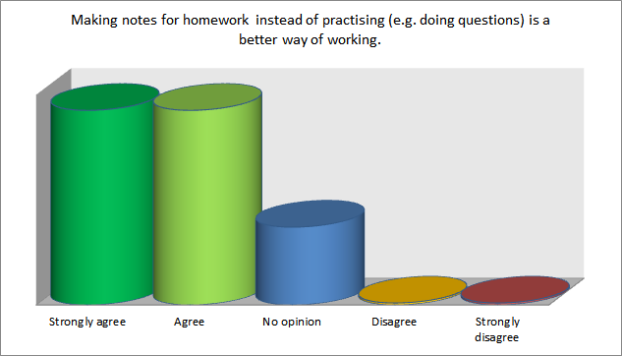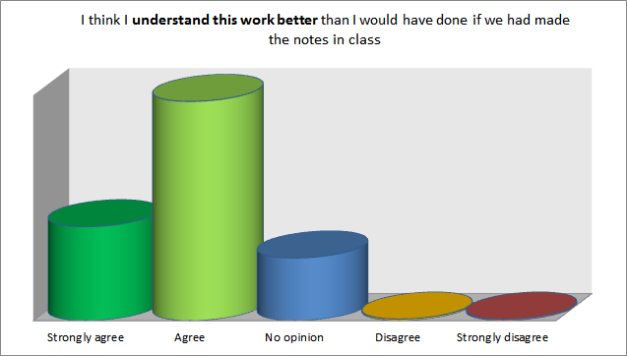In a recent interview with the New York Times[i], Laszlo Bock, the Senior Vice President of People Operations at Google said the following:
“…the number one thing we look for (in an applicant) is general cognitive ability, and it’s not I.Q. – it’s learning ability. It’s the ability to process on the fly. It’s the ability to pull together disparate bits of information.”
For our pupils to succeed in the modern world, they need to be able to think creatively. In her article “Teaching for creativity: from sage to guide to meddler”[ii], Erica McWilliam makes a convincing case for seeing creativity in lessons as a core learning outcome. The trend for employers to value creative skills means that our pupils will not be successful in the modern world unless they can think creatively. How are they to develop those creative skills necessary for success in life if their teachers value rote-learning over creative thinking?
McWilliam’s article goes on to explore three different models for a teacher; the Sage on the stage, the Guide on the side, and she proposes a new model: the Meddler in the middle. The Sage tends to lead from the front, spending the majority of her effort enthusing and engaging her pupils. She is a skilled orator, and can generate enthusiasm and excitement. However, there can be the tendency for the class to remain passive while the teacher remains the expert. The Guide spends the majority of her time coaching and helping students through a series of pupil-led tasks. McWilliam makes the argument that “…this (approach) can often collapse into passive child-minding and worksheet distribution”. The Meddler creates opportunities for hands-on learning collaboration that puts everyone in the thick of the action. By its nature, this requires the teacher to spend less time talking; to allow her pupils to take risks and make mistakes; to work collaboratively and creatively.
Of course, there are many ways in which digital tools can enable a pupil to work collaboratively and creatively. Recently, as I have blogged before, I have been experimenting with making stop-motion animations with classes in science lessons, using the iOS software “I can animate”. A typical animation lesson involves minimal talk time from the teacher and pupils have found it relatively easy to get on with using the software. Pupils certainly take risks and make mistakes; the animations do not always look great at first go, and a few iterative cycles are usually necessary to get something that pupils are pleased with. There are great opportunities for collaboration too; while pupils may create an animation in pairs, they are always keen to see the results of other groups’ work. This is where I have been most impressed with the merits of creating animations as a teaching tool; pupils have spontaneously peer-assessed each other’s work, commenting on the technical accuracies of each others’ animations. I have rarely been able to engineer such high quality peer-assessment in the past.
The lesson, too, develops those processing skills that Laszlo Bock is looking for in new employees at Google. For example, armed with their understanding of particle motion, pupils must apply creative thinking to making their animations scientifically accurate, but also visually appealing in a limited time-frame. Let’s hope that some of them one day get the opportunity to show him what they have learnt!
[i] The New York Times (2014, 22 February), How to get a job at Google; http://www.nytimes.com/2014/02/23/opinion/sunday/friedman-how-to-get-a-job-at-google.html
[ii] Erica McWilliam (2009): Teaching for creativity: from sage to guide to meddler;
Asia Pacific Journal of Education, 29:3, 281-293; http://dx.doi.org/10.1080/02188790903092787






